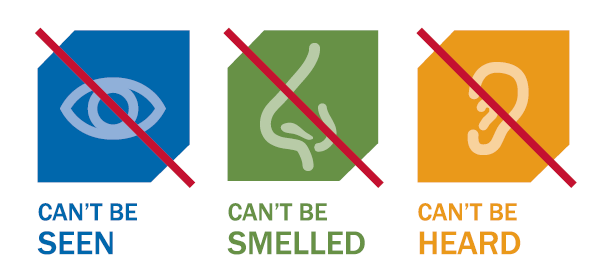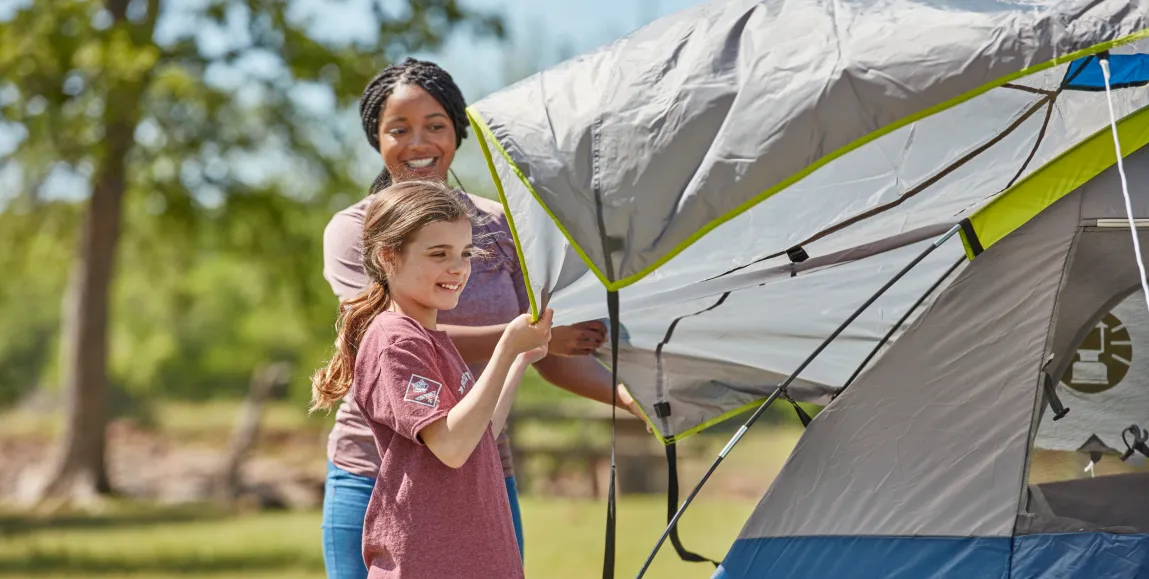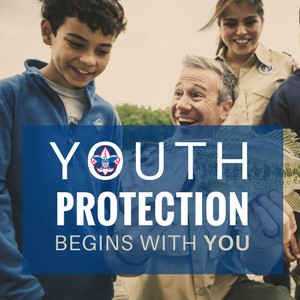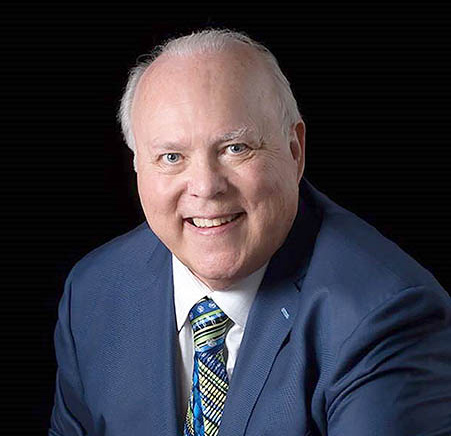If there is one thing with which every Scout I talk to these days can agree, it is this—just how much we are all looking forward to getting back to camp this summer. After two years of spending too much time indoors and away from friends, the 2022 camping season calls to us with promises of adventure, fun, personal growth, and friends—both old and new.
With so many Scouts counting down the days to their summer camp adventure, I want to encourage each of us to ask, “Is your favorite camp ready to provide a mountaintop experience to the girls and women who will attend?”
Consider this: We go to the places we are invited, but we return to the places where we feel welcome. In too many instances, we have invited the girls and women in our community to join us in Scouting programs, but we haven’t done all the necessary work to make them feel welcome — to ensure that they will want to keep coming back.
Jack Welch, former CEO of General Electric, said, “Deal with the world as it is, not how you’d like it to be.” How does this relate to summer camp? It begins with getting truthful about what the readiness level of your camp REALLY is. We don’t solve anything by simply saying, “let’s just build single-gender bathrooms.” We must take a hard and honest look at where we are, or aren’t, regarding our camp structure, and consider where we need to be. Yes, I do understand cost is a factor but there are still ways to make improvements.
Start by pausing and asking what is working well and what is not? How can your camp work to make things better, to be more inclusive and welcoming to all who come and spend time on your properties and in your campsites?
So, let’s get practical and tactical! Here are my 12 tips to make 2022 the best camp experience that our Scouts have ever had.
Awesome Camp Tip #1: Words Matter. Let’s not differentiate between boys and girls; instead let’s just call them Scouts.
Awesome Camp Tip #2: Sell feminine hygiene products in your trading post.
Awesome Camp Tip #3: Put trash cans with liners in every bathroom stall. This is both welcoming and sanitary.
Awesome Camp Tip #4: Mark the gender of every bathroom, including gender-neutral facilities.
Although we could call these first four tips the “small things matter” section; in fact, they matter a lot. Why? Because attending to the small things makes the girls and the women in your camp feel welcome. If a female can’t properly dispose of a feminine product, or purchase one if she is in need, I can tell you from personal experience, she is not going to feel welcome.
Awesome Camp Tip # 5: Avoid terms such as “Smother mother” and “helicopter mom. At your camp, are adult females encouraged to attend along with their youth, or “to cut the umbilical cord?” When you hear these terms being used by staff, by Scouts, or by adult leaders, take a moment and explain why speaking about women in camp this way perpetuates a stereotype that says women complicate the camp environment, rather than contribute to it.
Awesome Camp Tip # 5: Re-evaluate your application process for staff.
Are leadership experiences that youth gain outside of Scouting valued, or do you base your assessment purely on Scout experience? There is a long list of experiences that prepare a young person to be a great camp staffer. Quality camp programs have a lot to do with a focus on customer service, and youth get that experience in various ways.
Awesome Camp Tip # 6: Take the feedback forms you get each week seriously.
We’ve all read a feedback form that is overly harsh and unfair. Those are easy to disregard, but does your camp have a practice of looking honestly at the feedback you receive, or are you rationalizing why you can disregard what you’re reading? Are you willing to pivot and adjust throughout your camp season to ensure that one person’s challenging experience this week does not become someone else’s challenging experience next week?
Awesome Camp Tip #7: Set behavior expectations prior to arrival for all units.
Share behavior expectations with unit leaders as part of pre-camp orientation information. Emphasize the expectations in staff training and review with campers during orientation each week. Provide a reporting example and make it clear that reporting of unacceptable behavior is mandatory. Everyone in camp is responsible for ensuring a healthy and welcoming environment for all campers! It is NOT our job to decide whether a situation merits being reported; it is our job to report issues and allow camp leadership to assess the situation and decide what action to take.
Awesome Camp Tip #8: Make sure all units know what to expect each day of camp, prior to arriving. Don’t assume legacy knowledge from any unit or leader. Offer a pre-camp Q&A session.
Awesome Camp Tip #9: Swimwear — stop using the word MODEST.
From the National BSA Aquatics Subcommittee; “We recommend that swimwear should be comfortable, functional, and appropriate for the specific aquatic activity. As always, we remind everyone that Scouting’s Barriers to Abuse state, ‘Appropriate attire is required for all activities’. Policies should reflect the BSA’s statement and commitment to diversity, equity, and inclusion.”
Awesome Camp Tip #10: Establish an Upstander culture in your camp.
Create a see-something, say-something expectation among staff, campers, and adult leaders. Make public statements to of expectations. Ensure it’s clear to everyone in camp that certain behaviors are not appropriate and will be addressed quickly if they occur.
I ran a camp for youth and adults with disabilities for 10 years. Trust me when I tell you that everyone knows when something has “happened” in camp. Often the details are not appropriate to share with everyone, but your transparency in sharing that there’s been an incident and it is being handled, and then using this as a teachable moment to remind everyone about rules and expectations, is an example of your leadership!
Awesome Camp Tip #11: Stop making exceptions or excuses for bad behavior by anyone in camp, especially when it is displayed by adults.
The notion that we don’t want to make Scouter X upset because he or she has given 25 years or even 50 to Scouting is not acceptable. . We need to treat everyone equitably.
Awesome Camp Tip #12: It takes all of us working together to impact change. Find and focus on your allies and let them help influence others
Find the people at your camp, and in your council, who want to make Scouting an equal and fair space for all youth to thrive. Align yourselves with them. Ask for their help. Get to know the other women in your council. Introduce yourself to other women in camp. Work together. Find the leaders already in place in your Scouting community who want to help you and let them! Often those leaders already in place are men. They may be men who are equally passionate about our camps being a safe and welcoming place for girls and women to enjoy Scouting. Look for them. They can teach you a lot, and you can teach them too!
I’ll leave you with this vision for the future of Scouting:
Let’s make sure every Scout camp in our country embraces the opportunity to provide a welcoming place for all girls and women, so that they can contribute to a thriving Scouting movement. All of us can help improve Scouting for each young person. Please share with us via outdoorprograms@scouting.org ways that you helped provide an even more welcoming environment for your campers.
Now let’s go camping, see you on the Scouting Trail!









